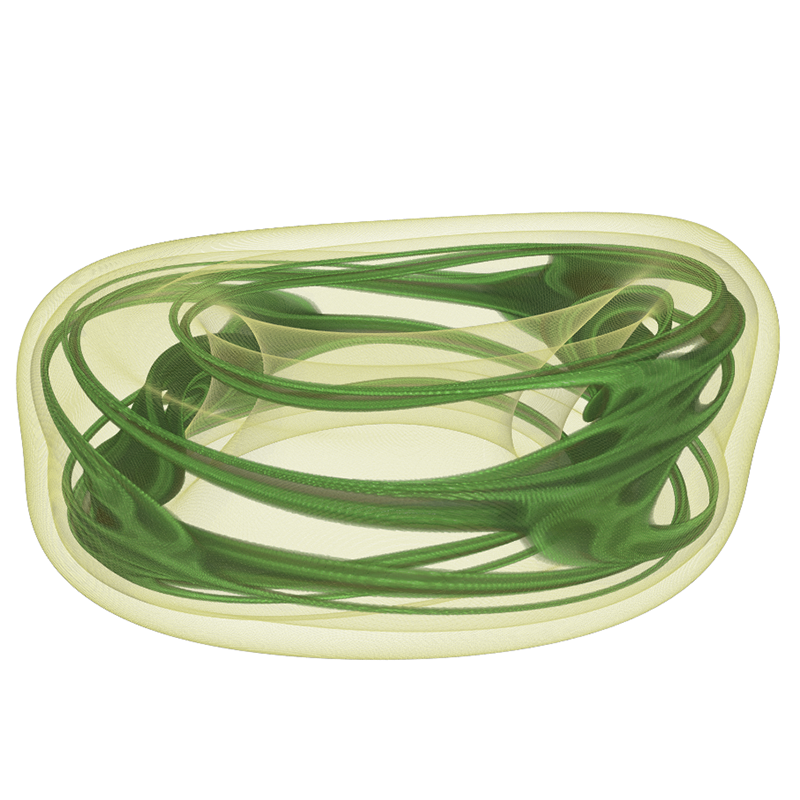taby said:
It looks like the quaternion fractal
Yeah, i can see the typical revolutions.
Btw, i often use just points for visualization. It's faster, so you can tune parameters and see a higher resolution result within interactive rates.
I use the density or mass gradient for shading, so a form of voxelization is still needed, though.
This image has 22k points:





